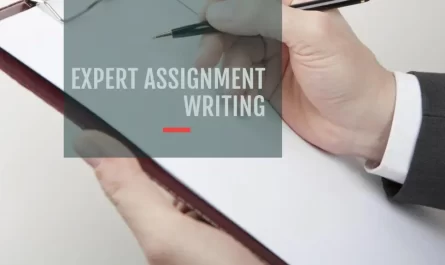In my view, writing an abstract can be a daunting task, but fear not! In this article, I will guide you through the process of crafting a compelling abstract that will captivate your readers from the get-go.
Introduction
An abstract is a concise summary that provides an overview of a larger piece of work. It serves as a sneak peek, enticing readers to delve deeper into your research paper, thesis, or article. An abstract should be able to stand alone and be easily understood by readers who are not familiar with the paper’s content. It should include the main objective of the research, the research methodology used, the main findings and conclusions, and the significance of the research. So, how can you create an abstract that leaves a lasting impression?
Crafting a Stellar Abstract
When it comes to writing an abstract for your Ignou MBA project, it’s essential to hit the nail on the head and capture the essence of your work. Let’s dive into some key steps that will help you create an abstract that stands out:
Also Read – Should Students Be Allowed to Redo Their Assignments?
Start with a Clear Purpose
To make a long story short, define the purpose of your research or article. It is essential to define the purpose of your research or article right from the beginning. Clearly state the problem you are addressing or the objective you aim to achieve. By doing so, you set a strong foundation for your abstract and ensure that it remains focused and coherent throughout.
Summarize the Main Points
In my opinion, the abstract should provide a brief summary of the main points covered in your work. Highlight the key findings, arguments, or conclusions that make your piece unique and valuable. Remember, brevity is key!
Tailor to the Target Audience
To write an abstract that speaks directly to your readers, it is my contention that you should consider their background and interests. Adjust the language and level of technicality accordingly, ensuring that your abstract resonates with your intended audience.
Structure and Flow
To my mind, an abstract should have a well-structured and logical flow. A well-structured abstract is essential for guiding readers smoothly through your work. Start with a brief introduction that provides context and sets the stage for your research or article. Then, summarize your methodology, including the approach and techniques used. Move on to the results or main arguments, highlighting the most significant findings or key points. Finally, conclude with a concise statement that captures the main conclusion or takeaway of your work. This logical flow will make your abstract easy to follow and understand.
Capture the Essence
In my view, the abstract is an opportunity to let the cat out of the bag and showcase the unique aspects of your work. To make your abstract stand out, it is important to highlight the unique aspects of your work. Use strong and descriptive language to emphasize the significance, novelty, or impact of your findings. Show how your research or article contributes to the existing knowledge in the field or addresses a gap in current understanding. This will create excitement and intrigue in your readers, compelling them to explore your work further.
Also Read – Formatting and Proofreading Your Dissertation Proposal
Edit, Revise, and Refine
Once you have written the initial draft of your abstract, take the time to review and refine it. Look for any repetitive or redundant information and eliminate it. Remove unnecessary jargon or technical terms that might confuse your readers. Ensure that your abstract is clear, concise, and free from ambiguity. Editing and revising your abstract will help you polish it to perfection and ensure that it effectively communicates the essence of your work.
Final Words
Writing an abstract may seem difficult, but with the right approach, you can excel. By following these tips, you will be able to create an abstract that not only meets the requirements but also leaves a lasting impression on your readers. So, why sit on the fence? Break a leg and start crafting your abstract today. Trust me, by putting in the effort and taking the time to create a well-crafted abstract, you’ll be on the ball in no time. Now, it’s your turn to take the reins and put these tips into action. Call it a day on abstract-writing stress, and embrace the opportunity to captivate your readers with a compelling summary of your work. Remember, a well-written abstract is like the cherry on top—it entices readers to delve into your masterpiece. Don’t miss the boat! Take a deep breath, back to the drawing board, and get started on your abstract-writing journey.




